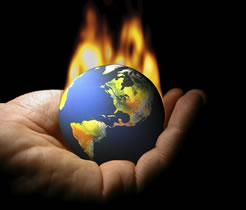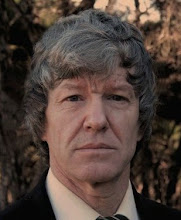This research reported in Science blames human activity for the negative change in the South Asian summer monsoon.
Abstract: 'Observations show that South Asia underwent a widespread summertime drying during the second half of the 20th century, but it is unclear whether this trend was due to natural variations or human activities. We used a series of climate-model experiments to investigate the South Asian monsoon response to natural and anthropogenic forcings. We find that the observed precipitation decrease can be attributed mainly to human-influenced aerosol emissions. The drying is a robust outcome of a slowdown of the tropical meridional overturning circulation, which compensates for the aerosol-induced energy imbalance between the northern and southern hemispheres. These results provide compelling evidence of the prominent role of aerosols in shaping regional climate change over South Asia.'

